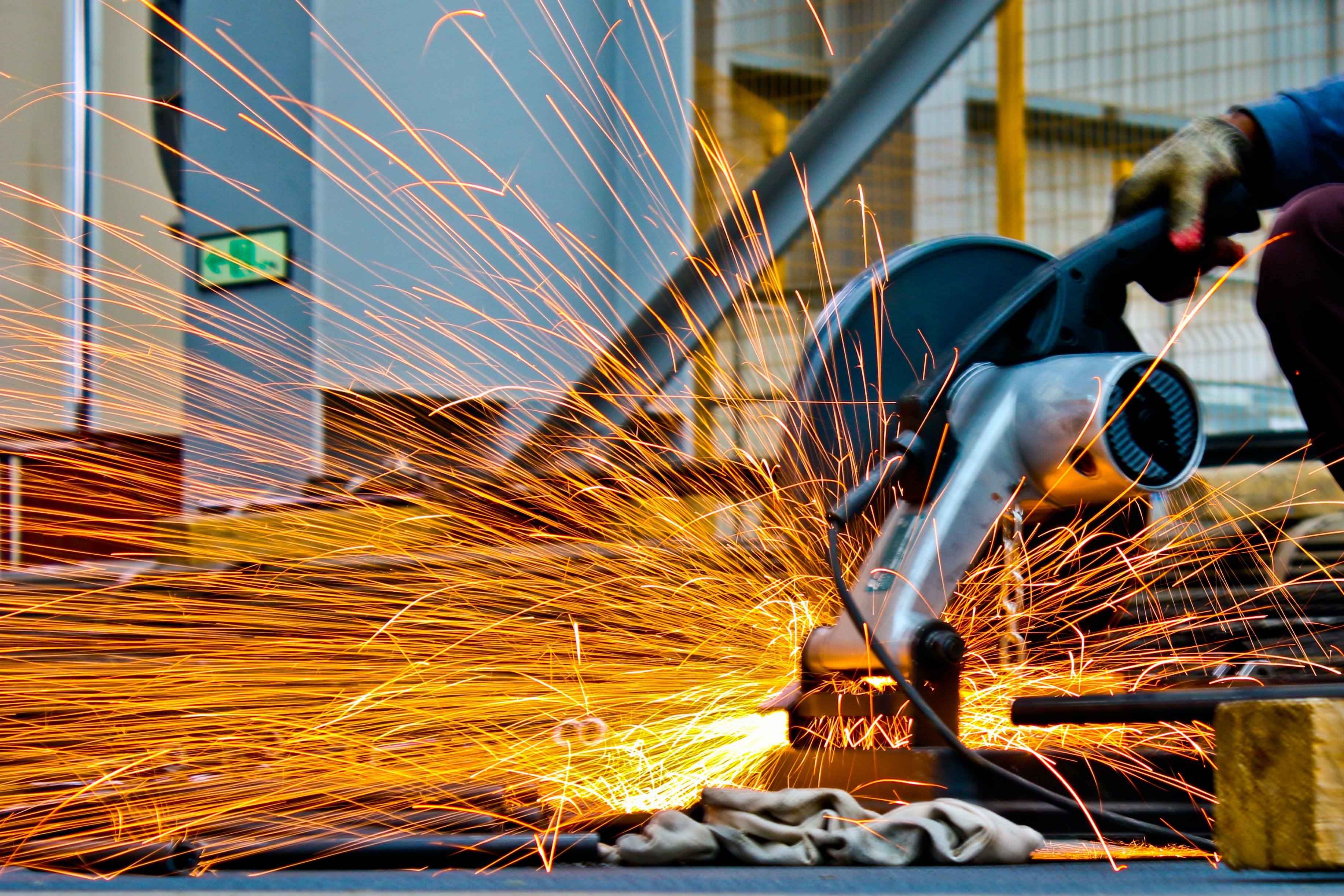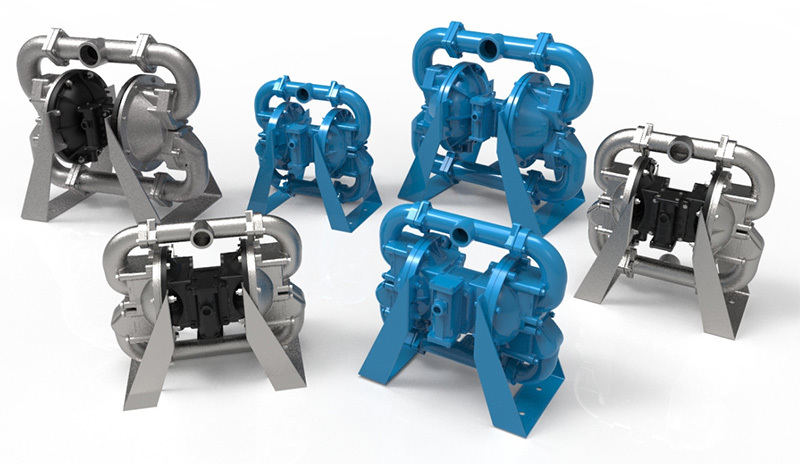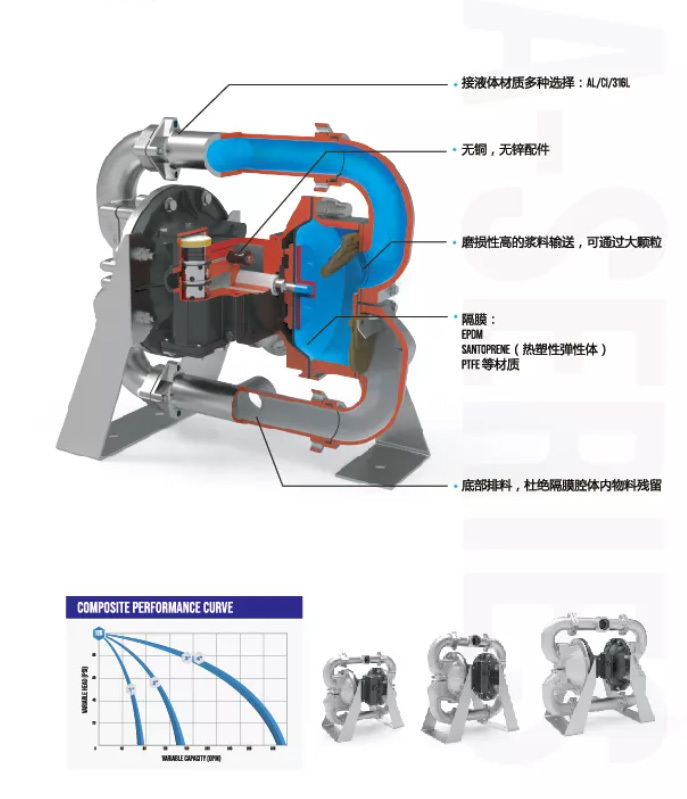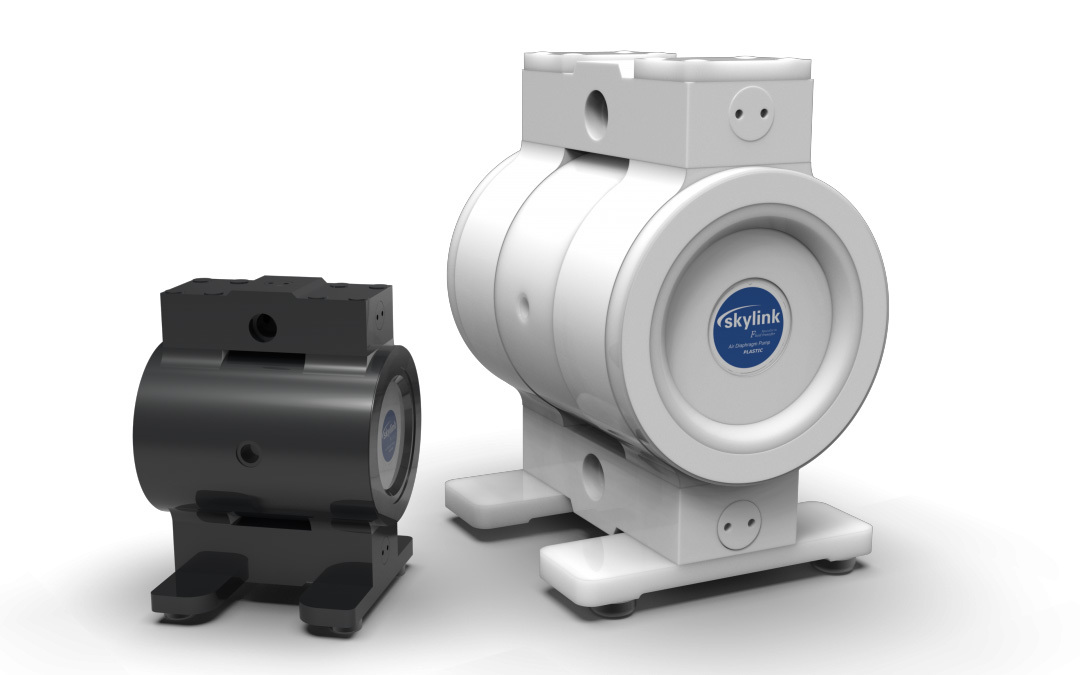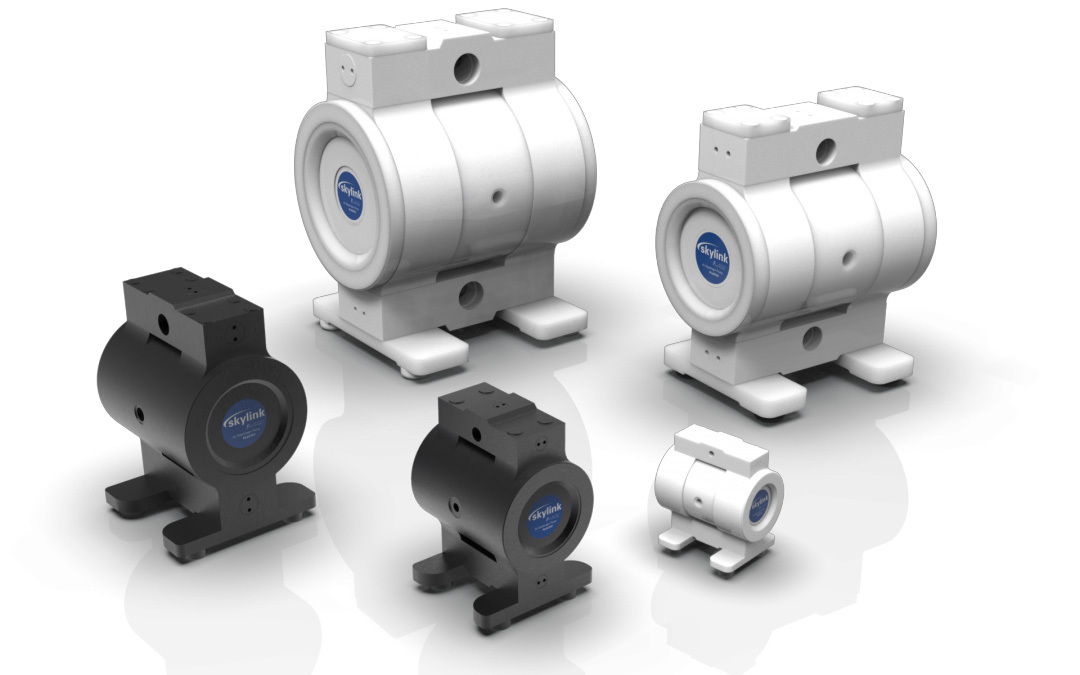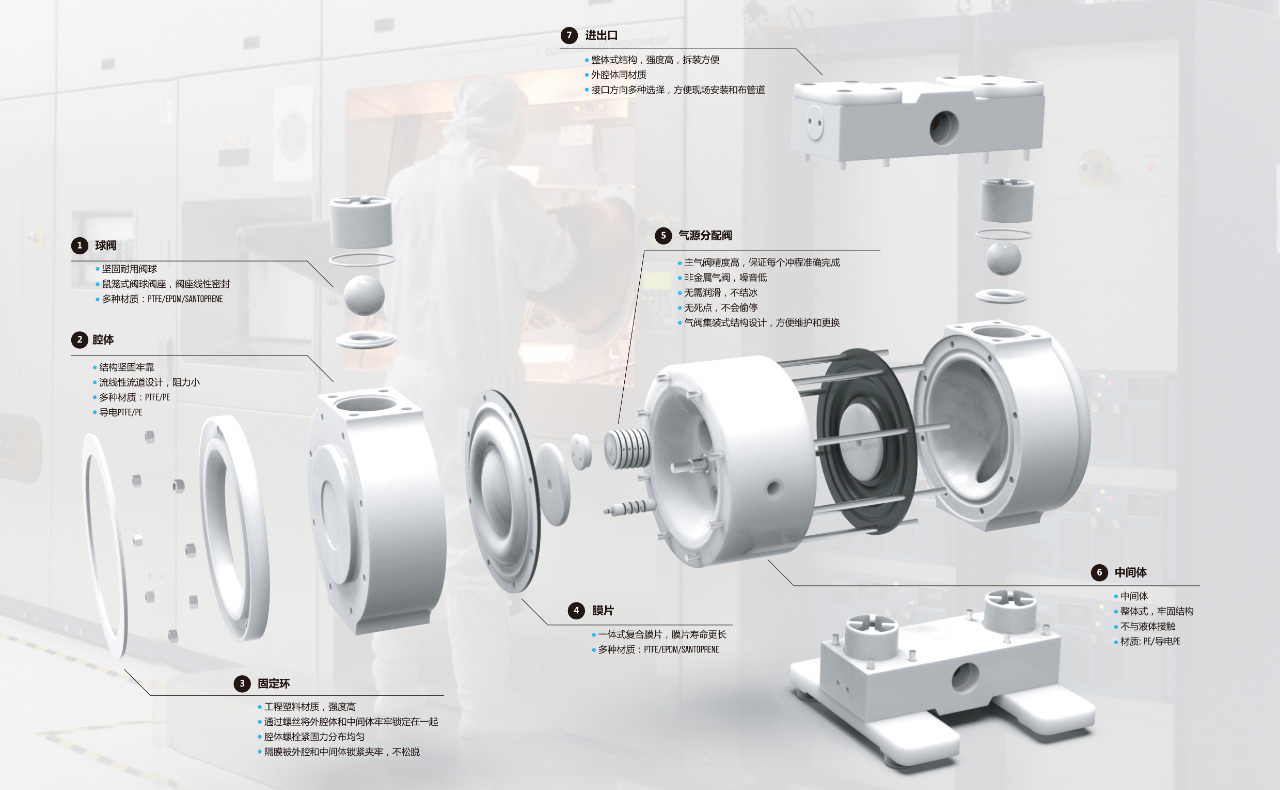RV water pumps are crucial for ensuring you have water on demand while you're on the road or camping in the wild. Whether you're washing your hands, taking a shower, or flushing the toilet, the water pump is what gets fresh water from your holding tank to your RV's plumbing system. In this article, we'll explore when to use your RV water pump, how to maintain it, and how to keep your system running smoothly.
Basic Knowledge of RV Water Pumps
How RV Water Pumps Work
RV water pumps are essential components of your recreational vehicle’s plumbing system,After the RV water pump is powered on, it pumps water through the Movement of the diaphragm to deliver the water in the fresh water tank to the water heating system. Most RV water pumps are self-priming. The characteristic of self-priming water pumps is that they can operate normally when they are not completely filled with water. As long as the pump itself can absorb water, it can work normally,this makes them reliable for a variety of camping situations
when to use water pump in rv
The primary reason to use your RV water pump is when you need water from your freshwater holding tank. Whether you're using the sink, shower, or toilet, the water pump ensures that fresh water is delivered to your RV’s plumbing system.
When to Turn Your Water Pump On and Off
Situations Requiring Water Pump Use
You should turn on the water pump when you need water in your RV. Common situations include:
Using the faucets of the RV sink: When washing hands, dishes, or preparing food.
Taking a shower: The water pump provides the pressure needed to make your shower functional. If you have a tankless water heater, the water pump helps supply water to the heater, allowing you to enjoy a hot shower while on the road. A hot shower after a long day of travel can rejuvenate you, providing a refreshing break from the day's adventures.
Flushing the toilet: RV toilets rely on water to flush waste away.
In addition, if you're camping in a remote location, where you can't rely on an external water supply, you’ll need the water pump to draw from your freshwater tank. Before you head out, always ensure that your freshwater tank is full so you don’t run into problems while on the road.
When to Turn Off Your Water Pump
It's important to know when to turn off the water pump to preserve both energy and water. Consider turning off the water pump in these situations:
When not using water: If you're not actively using the plumbing system, turning off the pump helps avoid unnecessary power consumption.
At night: If you're not using water during the night, it's a good idea to turn off the pump to avoid any issues.
While driving: Turn off the water pump while traveling to prevent any accidental leaks or pressure build-up.
When connected to city water: If you have access to an external water supply, such as a campground's city water hookup, you don't need the water pump. Just make sure to switch to the city water connection.
When leaving the RV for an extended period: If you're leaving your RV for a while, turn off the water pump to prevent any unwanted leaks or issues.
RV Water Pump Maintenance
Taking good care of your RV water pump can help extend its lifespan and ensure it continues to function properly. Here are some maintenance tips:
Regular inspections: Periodically check your water pump for leaks, damage, or any unusual noises. Early detection of issues can save you from costly repairs down the road.
Cleaning the filter: Over time, debris can clog the water filter, reducing efficiency. Make sure to clean or replace the filter as needed.
Sanitizing the water pipes: To maintain the cleanliness of your water supply, sanitize the water lines at least once a year. This will help prevent the build-up of bacteria or mold.
Conclusion
Understanding when and how to use your RV water pump is essential for a smooth and enjoyable camping experience. Always make sure to turn it on when you need water, and turn it off when you don’t. Regular maintenance is key to extending the life of your water pump and keeping it running smoothly. With these simple tips, you can ensure that your RV plumbing system stays in top shape, allowing you to enjoy your adventures with confidence.
